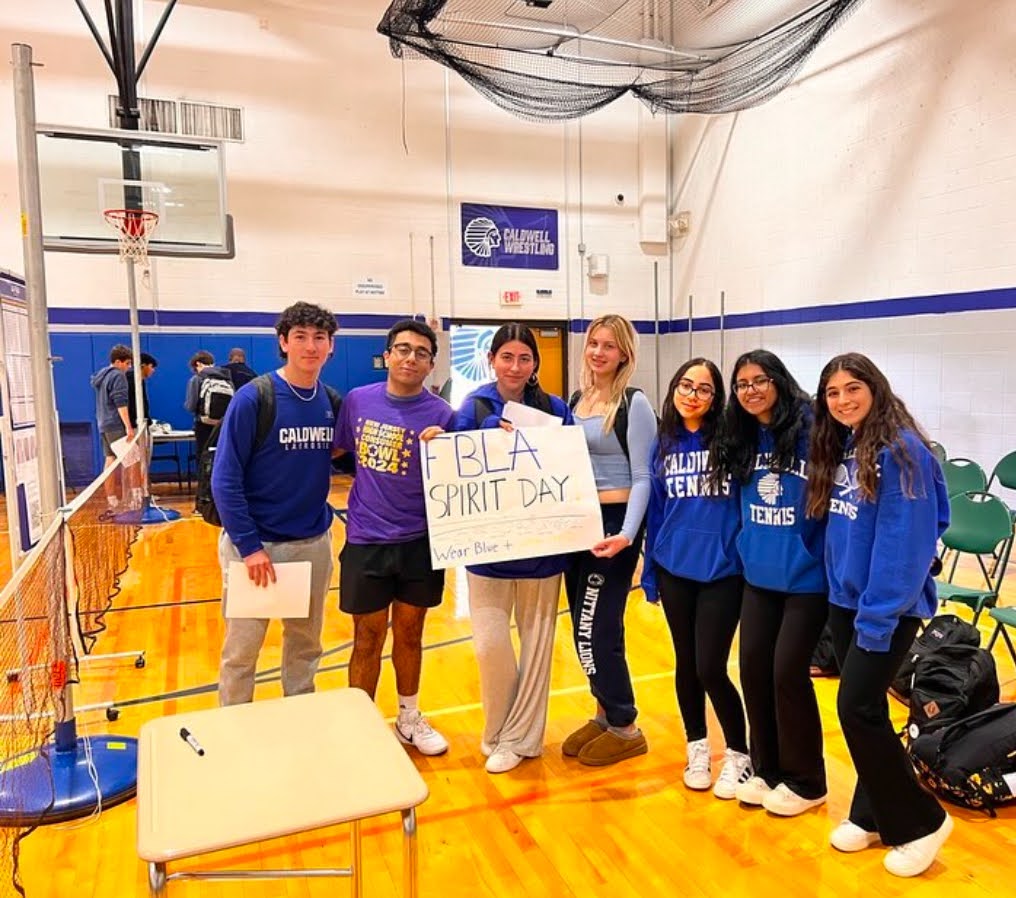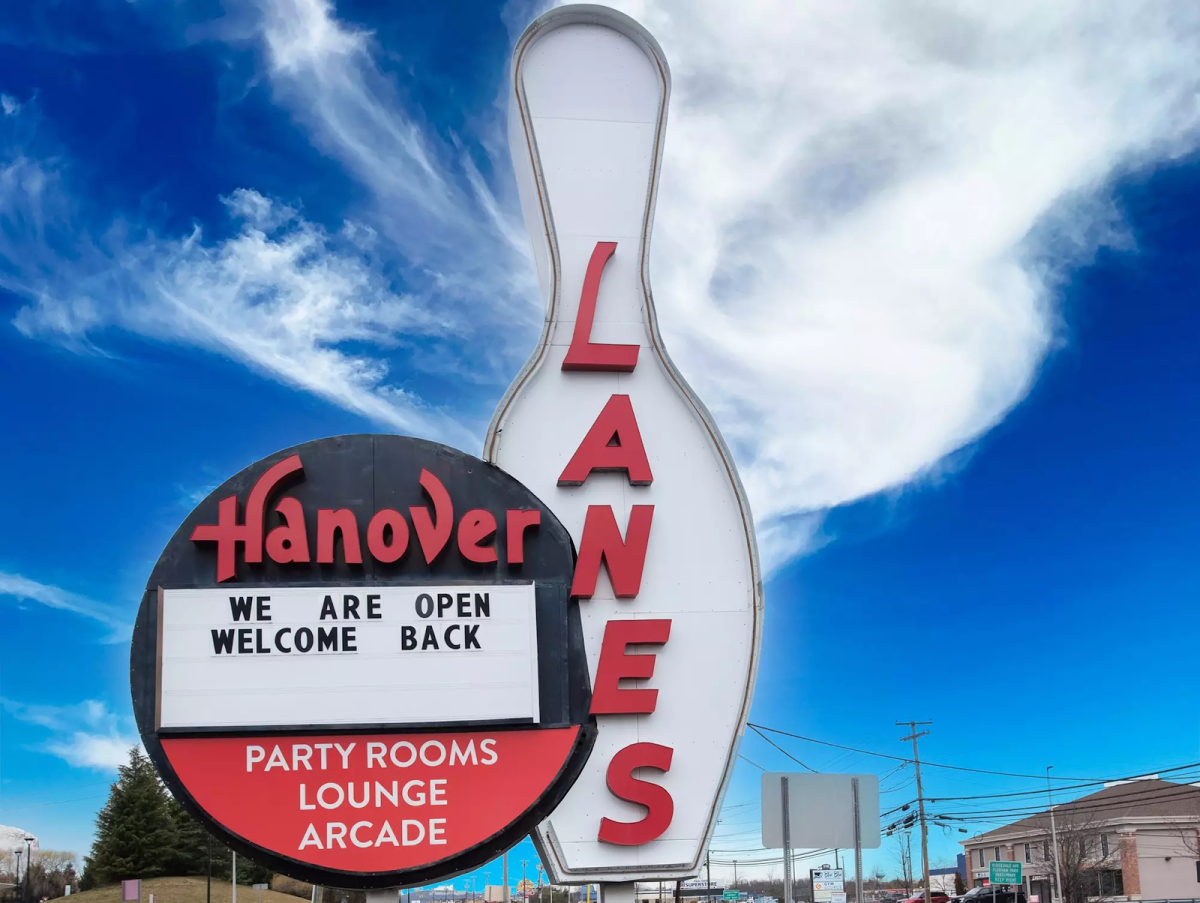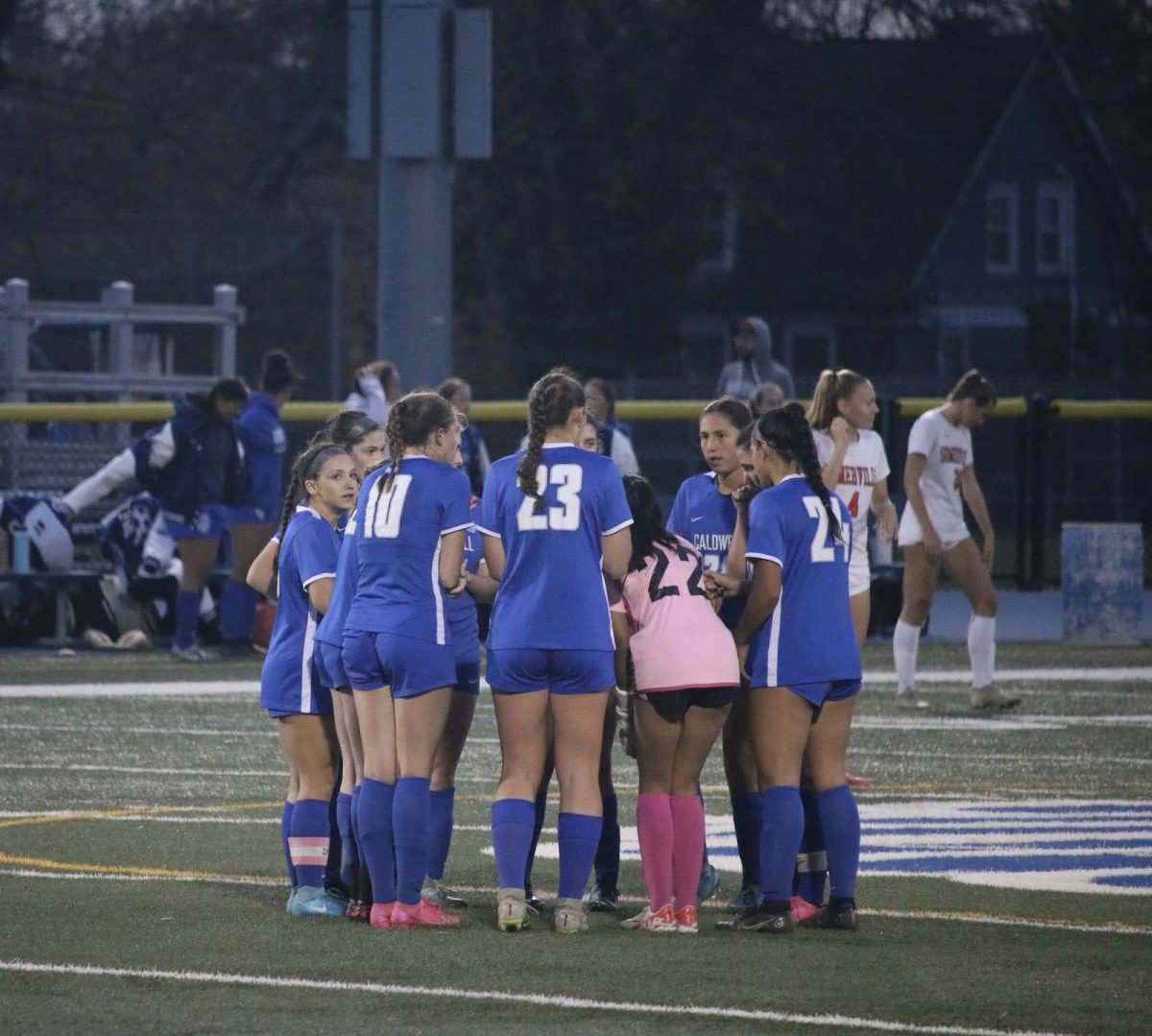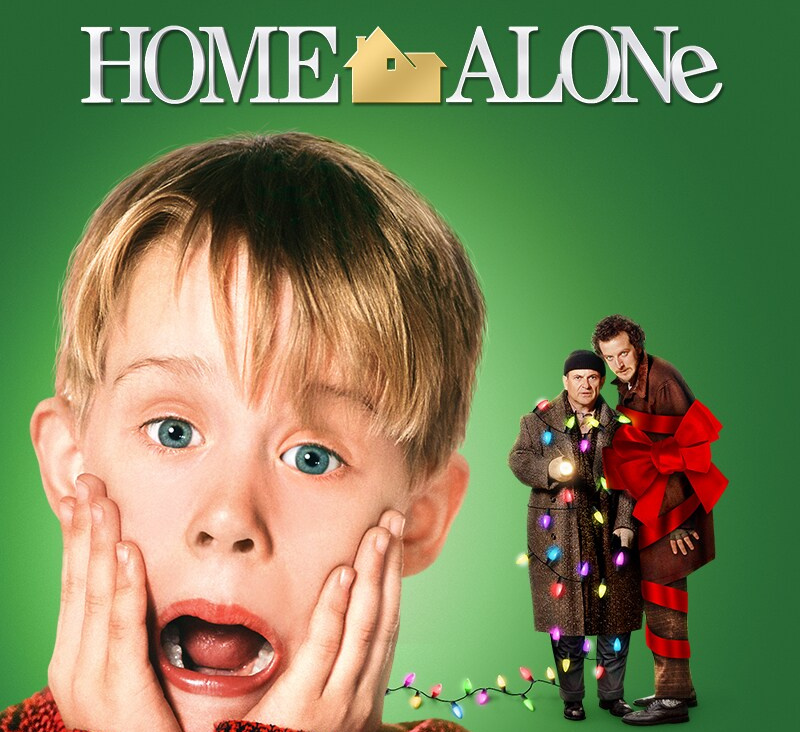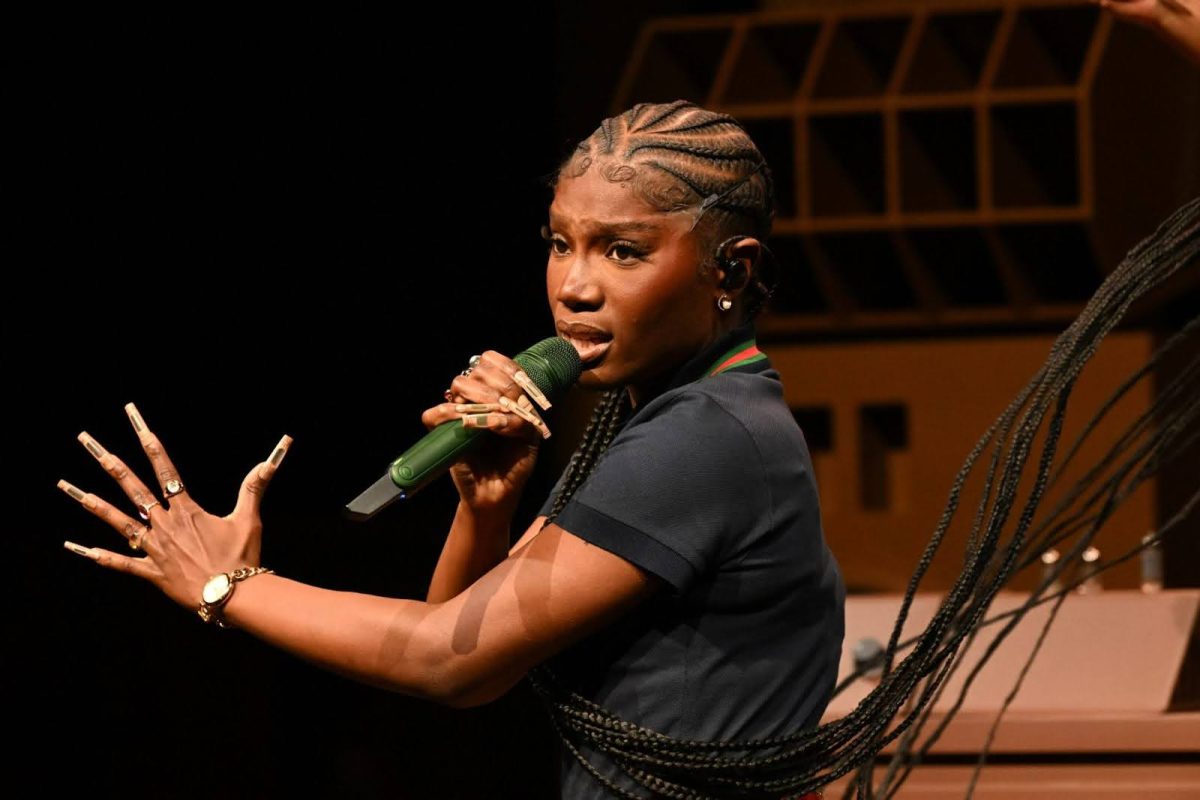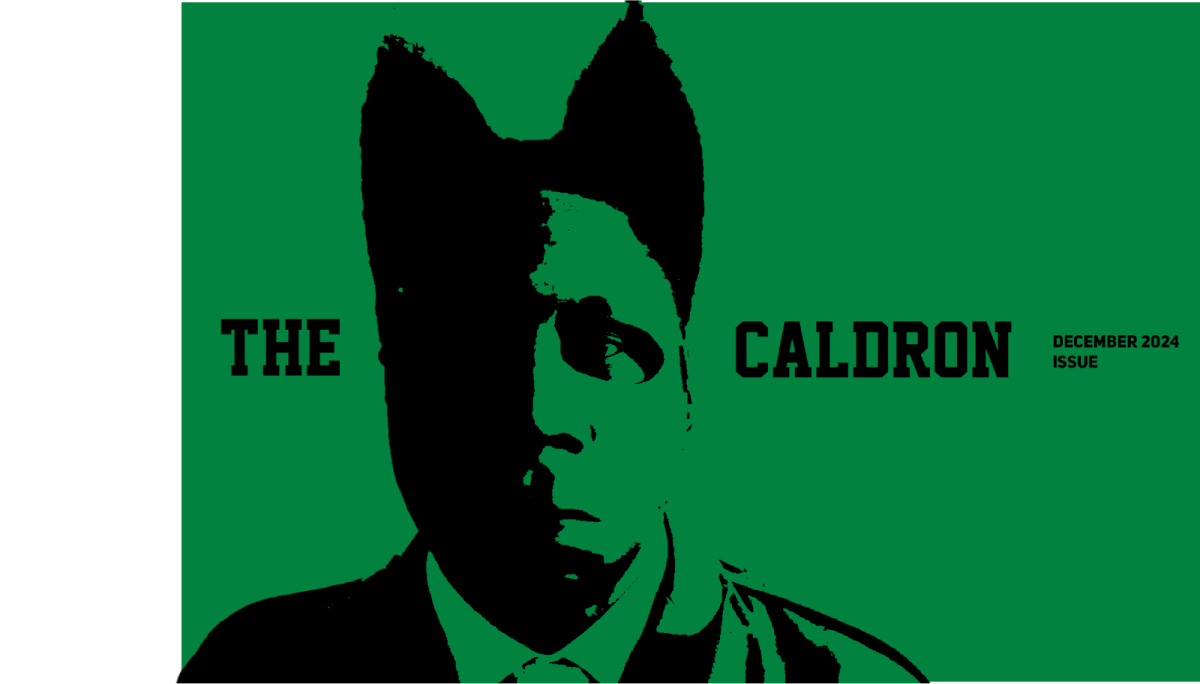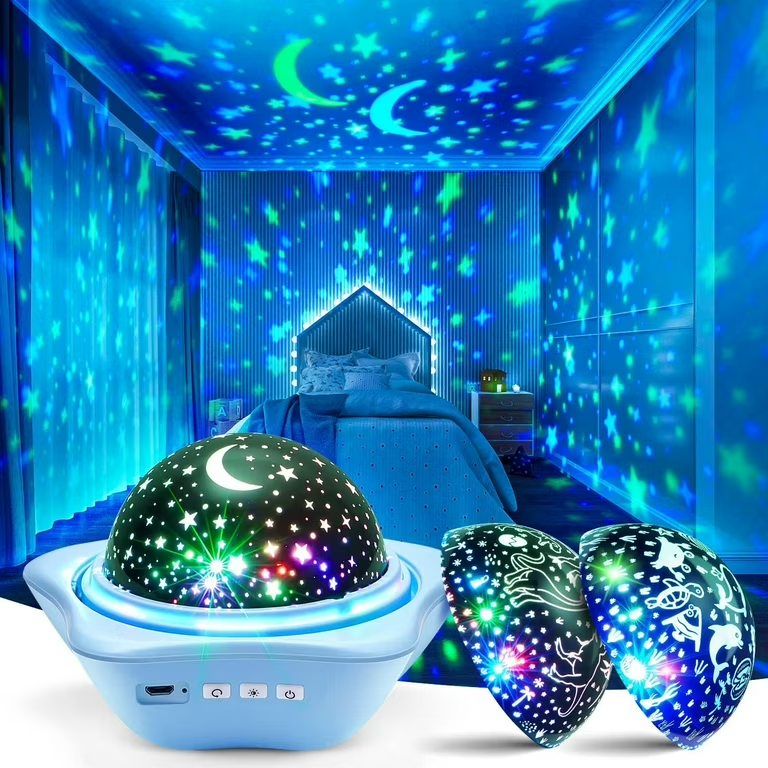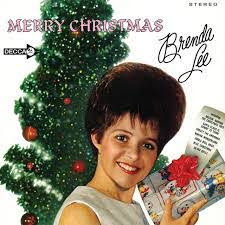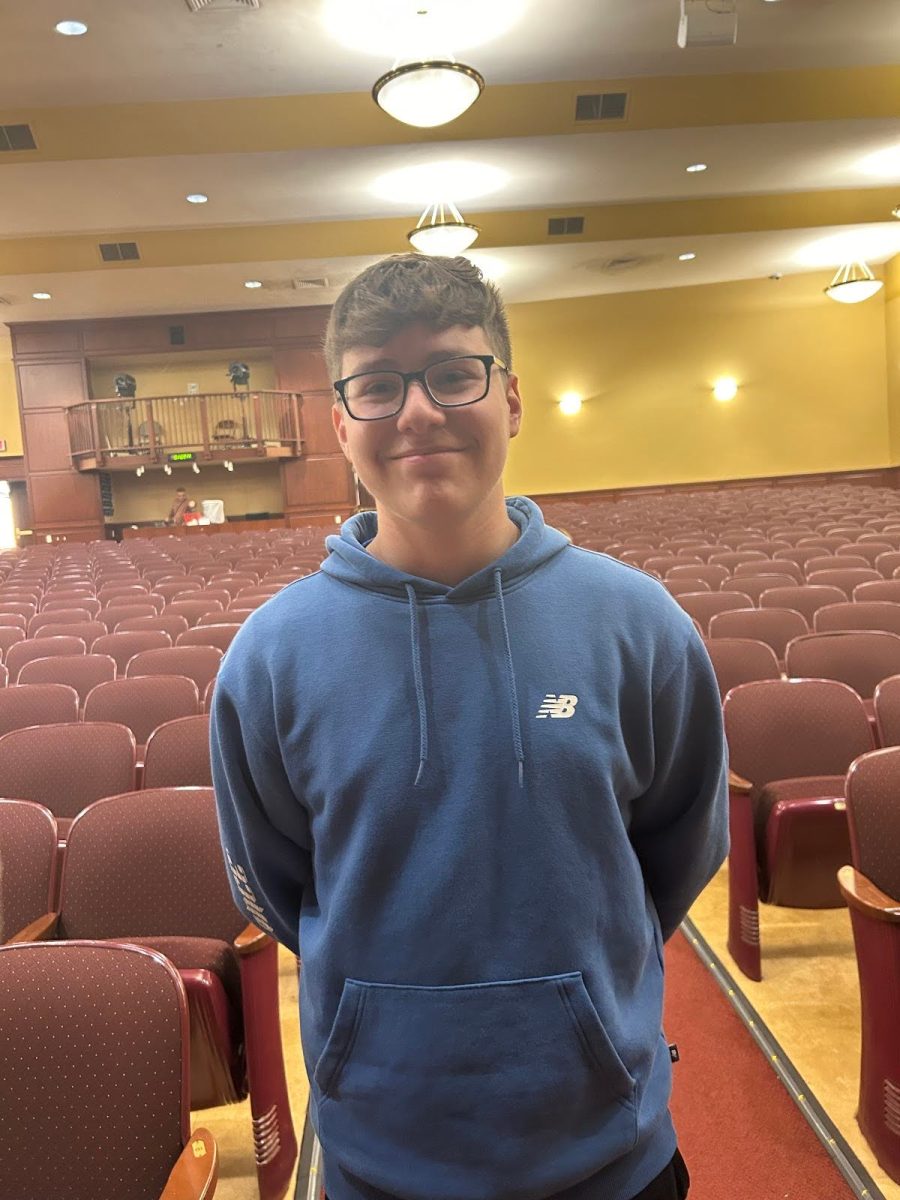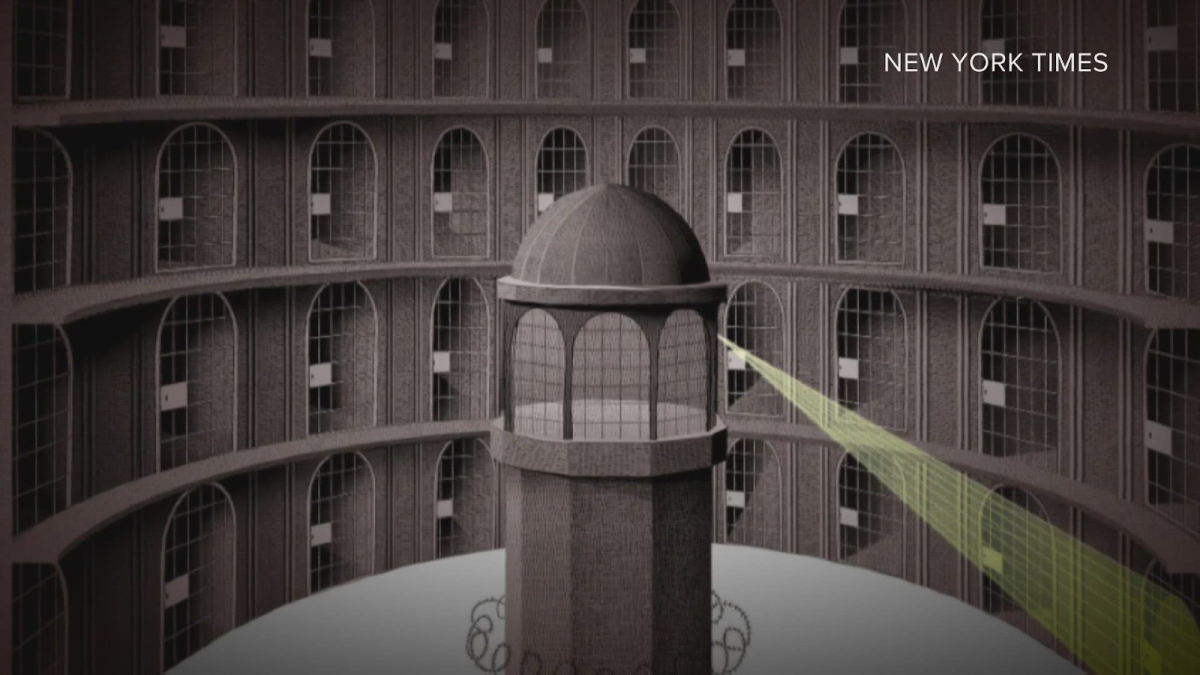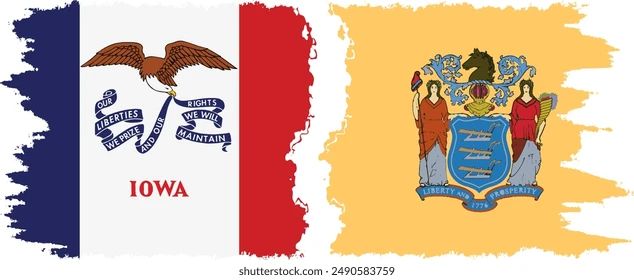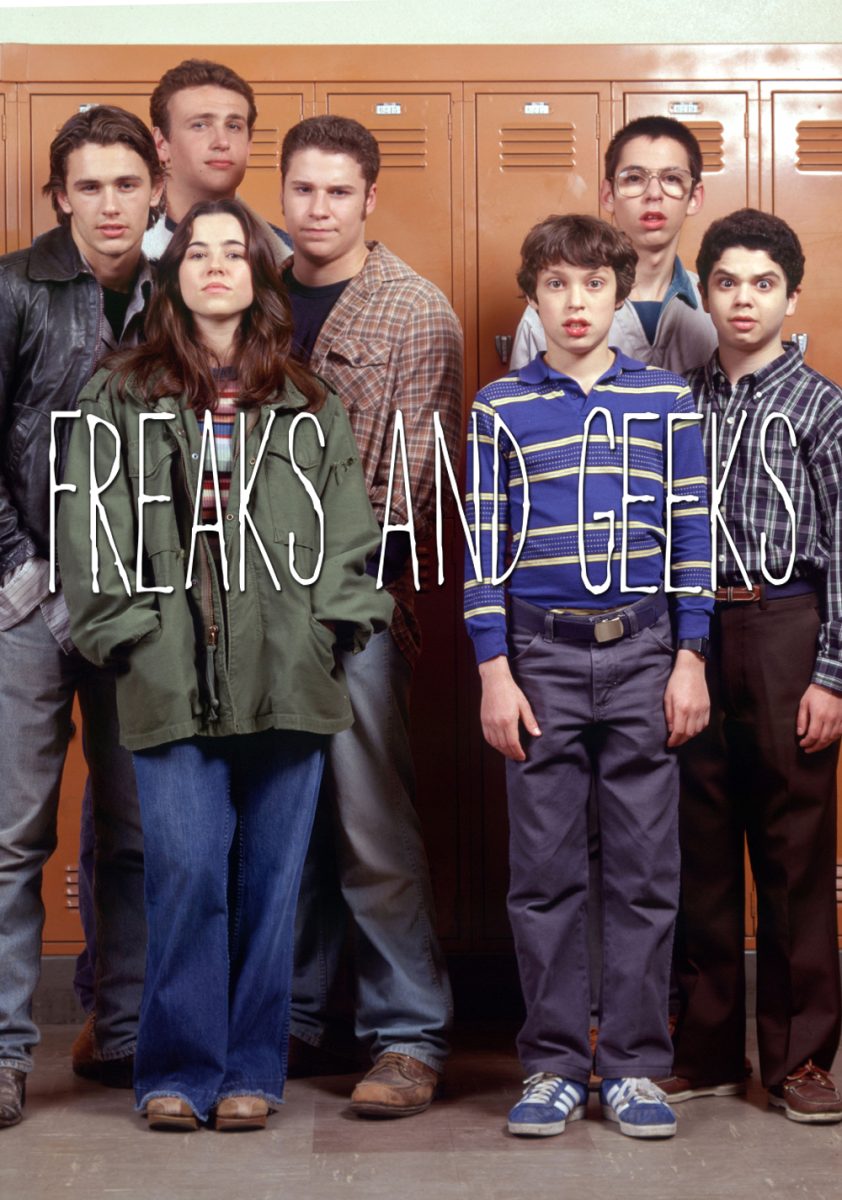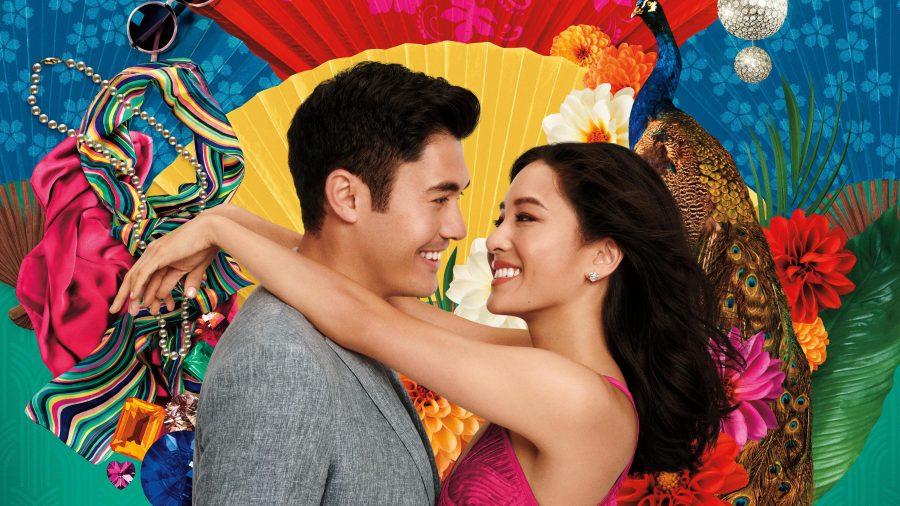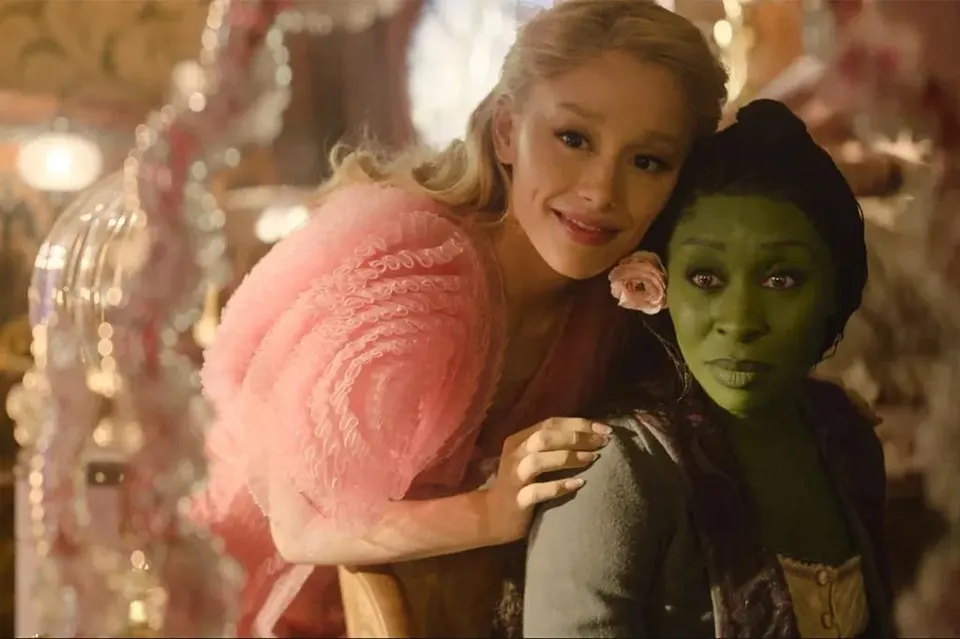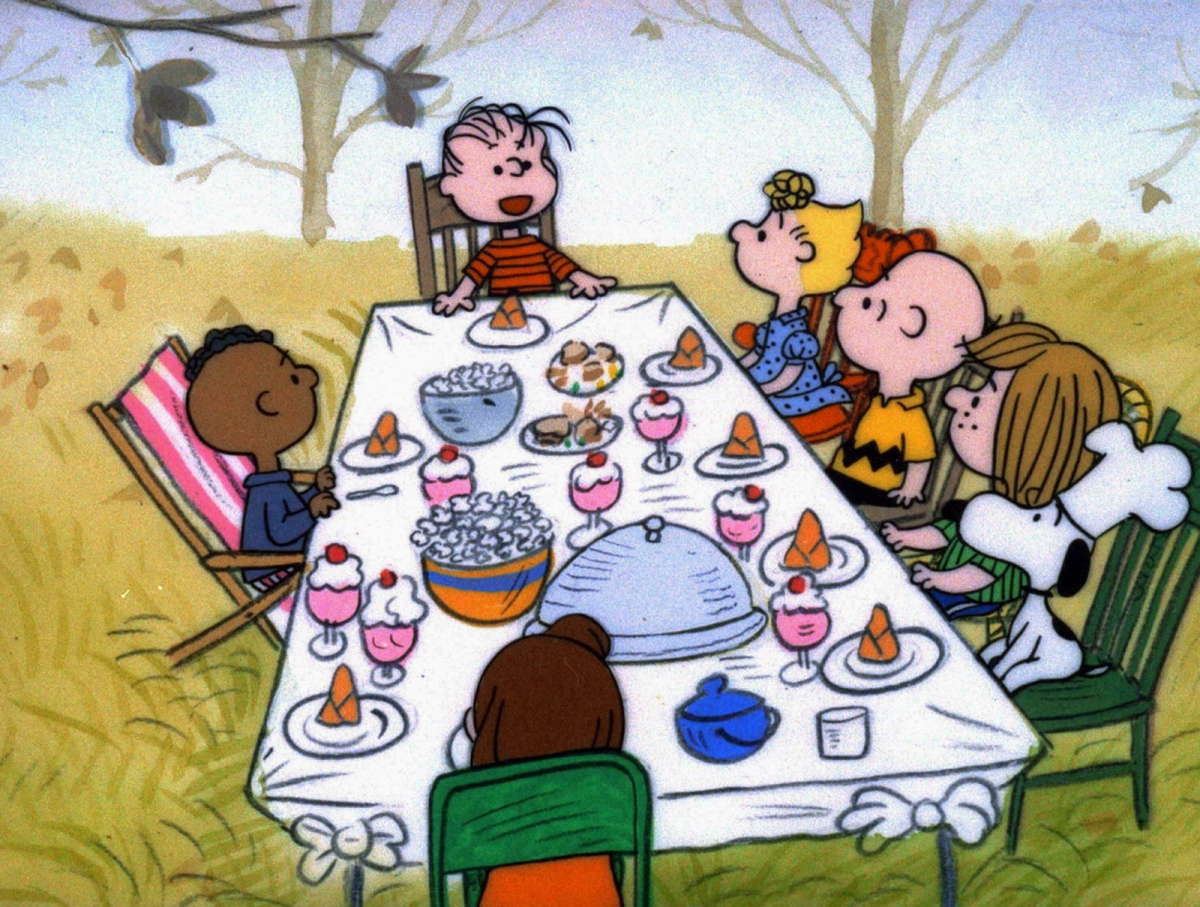I recently went to see the highly acclaimed movie “Crazy Rich Asians,” an adaptation of a book of the same name written by Kevin Kwan. “Crazy Rich Asians” is a romantic comedy revolving around a young Chinese-American woman named Rachel Chu. While on a date with her longtime boyfriend, Nick Young, invites her to accompany him to his friend’s wedding in Singapore and to meet his family. Rachel accepts, but shortly after discovers that Nick is from the most prestigious and rich family in Singapore. Rachel struggles to adjust to the high living of the rich in Singapore and is tormented by Nick’s mother, who believes Rachel doesn’t belong in their family or with Nick.
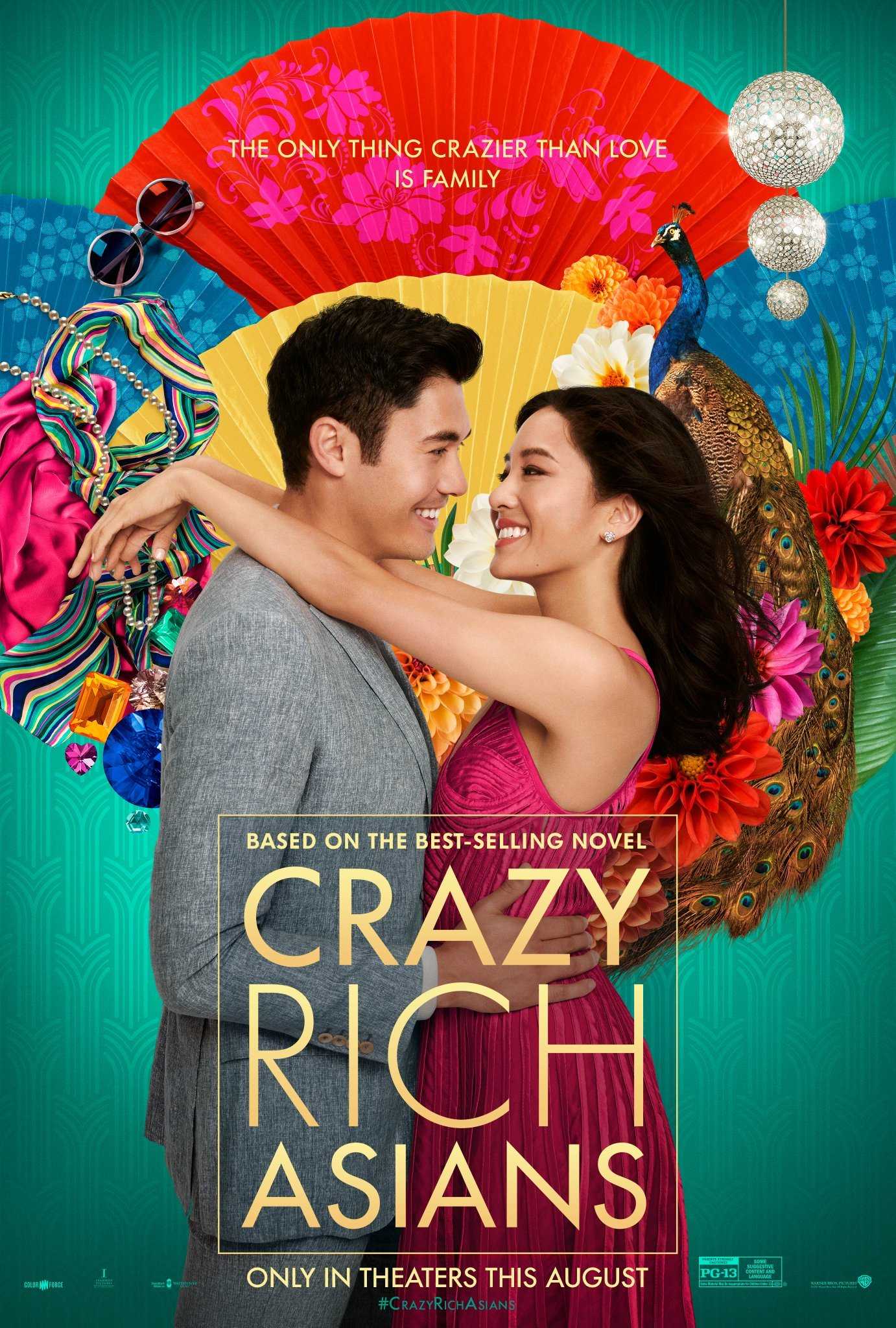
“Crazy Rich Asians” showcases the actual lives of rich and prestigious Asian women, buying elaborate and costly dresses, jewelry, and collectibles. Kwan calls these women “the real crazy rich Asians” and the inspiration for his book. “Crazy Rich Asians” was a huge success, grossing over $170 million worldwide. It also holds the achievement of being the first movie with an all-Asian cast and lead since “The Joy Luck Club,” which was released over 20 years ago.
I enjoyed this movie for its fresh story, the interesting and multi-layered characters, and the diversity that Hollywood is seldom known for. To add on to all the great things this movie has to offer, there are quite a few comedic moments. Awkwafina, a Chinese-American rapper, plays Rachel’s close friend and serves as the main comic relief for the movie. There are also multiple character dynamics that create interesting conflicts and motivations.
Overall, I highly recommend “Crazy Rich Asians.” This movie quickly became an Asian phenomenon. Asians flocked to movie theaters to see this movie, and after a long wait, were able to watch a movie with relatable, complex asian characters. Many Asian-Americans after seeing this movie were emotional, coming out of the movie theaters on the brink of tears. Although this rom-com appears to be a seemingly insignificant reason to cry, there was much more behind these tears, a more profound reason. A reason much deeper than going to the movie theater to see an end-of-the-summer movie that just so happened to star Asians. Some Asian viewers explained that they felt emotional because it was one of the first times they saw an Asian face like theirs on screen, and a movie revolving around Asian people and characters. It is a movie with varied and complex Asian characters, who were relatable, both in race and emotions.
“Crazy Rich Asians” is a refreshing change from the majority of Hollywood movies–primarily white characters, with few racially varied, one dimensional characters, who are sort of the oddballs or “exotic” people of the movie. It also doesn’t stereotype Asians and group all of them in one category: it showcases a diverse group of Asians. Also, this movie inspires people to look above race and stereotypes and embrace a deeper story.
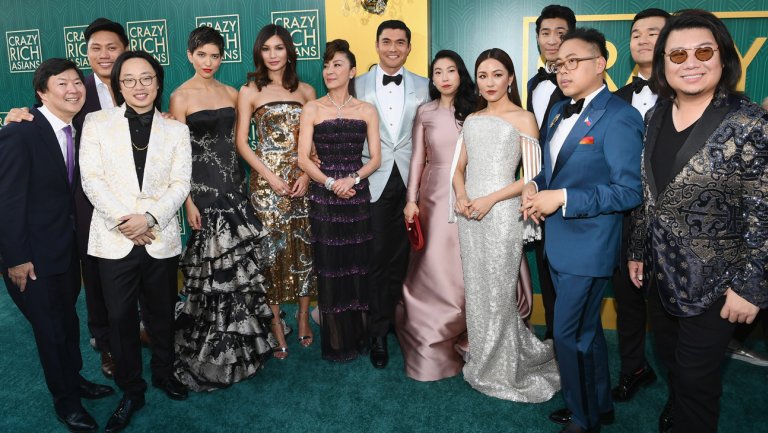
As someone who is part Asian who has not lived in America her entire life, I cannot say that I fully comprehend the emotions that Asian Americans experienced seeing this movie, nor can I say that I have experienced feeling that I don’t really fit in, and that movie characters don’t look like me. However, I do understand the issue of representation in the media, and how people need to be represented more realistically and with more variety. Lack of relatability, complexity, diversity and representation are popular struggles that the film industry is trying to overcome. While Hollywood and ideas of racial preference for film roles and the idea of beauty are still prevalent, as people are speaking up, there will be more diversity. This movie–as Constance Wu and other cast members of this movie put it–is a step in the direction of more diversity and representation in films.

